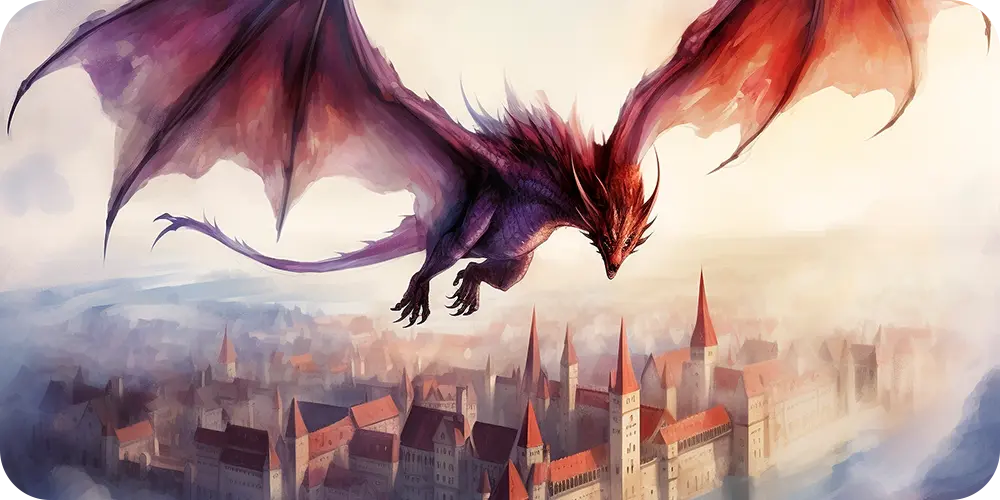World-Building in "Merida's Isekai Adventure: Age of Dragons": Creating a Captivating Universe
Exploring the Rich World-Building
World-building is one of those magical elements that can transform a good story into a great one. In “Merida’s Isekai Adventure: Age of Dragons,” the author does an incredible job of creating a universe that you can’t help but get lost in. From the vibrant landscapes to the complex cultures, every aspect of the world plays a crucial role in driving the story forward.
Culture
The cultures in Merida’s new world are as diverse and vivid as the characters that inhabit them. Each region has its own traditions, beliefs, and social structures that enrich the narrative.
- For example, the dragon riders from the fiery mountains have rituals that honor their majestic creatures. These ceremonies not only serve as a plot device but also help us connect with the characters on a deeper level.
- The festivals that bring different cultures together allow readers to experience the joy, music, and color of the world. Imagine the lively scenes filled with dances and celebrations, creating a sense of unity that is so crucial in times of conflict.
This focus on culture doesn’t just add flavor; it lays the groundwork for character development and conflict within the story. Characters must navigate their way through cultural differences, which can lead to misunderstandings or alliances that deepen the plot.
Geography
The geography of Merida’s world is another crucial element that deserves its spotlight. The layout of the land is thoughtfully designed to influence how characters interact with their environment.
- From sprawling forests filled with ancient trees that harbor secrets to arid deserts where survival becomes a test of will, each location adds layers to the story.
- The geography also sets the stage for adventure. Characters might need to traverse treacherous mountains or navigate through thick fog in a haunted marsh. These challenges not only push the characters to grow but also keep readers on the edge of their seats.
Just think about how different the story would feel if it were set in a flat, monotonous landscape. The dynamic geography allows for a variety of scenarios and experiences, making the journey feel alive and ever-changing.
Geography
The geography of Merida’s world is another crucial element that deserves its spotlight. The layout of the land is thoughtfully designed to influence how characters interact with their environment.
- From sprawling forests filled with ancient trees that harbor secrets to arid deserts where survival becomes a test of will, each location adds layers to the story.
- The geography also sets the stage for adventure. Characters might need to traverse treacherous mountains or navigate through thick fog in a haunted marsh. These challenges not only push the characters to grow but also keep readers on the edge of their seats.
Just think about how different the story would feel if it were set in a flat, monotonous landscape. The dynamic geography allows for a variety of scenarios and experiences, making the journey feel alive and ever-changing.
Why World-Building is Critical to the Story's Success
The intricate world-building in “Merida’s Isekai Adventure: Age of Dragons” isn’t just window dressing; it is fundamentally important to the story’s success.
- Engagement: A well-built world draws readers in, making them want to explore every nook and cranny. It invites curiosity and makes the characters’ journeys feel more significant.
- Relatability: The setting mirrors real-world themes like culture and community. Readers can see parallels between their own experiences and those of the characters, fostering a deeper emotional connection.
- Conflict and Resolution: The various cultures and rules create natural conflicts and resolutions that push the plot forward. When different cultures clash or when the rules of magic come into play during tense moments, these situations create drama that keeps readers invested.
In my personal experience as a reader, when I encounter a richly developed universe, I often find myself thinking about it long after I’ve turned the last page. The world feels like a character in its own right, and that’s exactly what happens here.
“World-building is not just the backdrop of a story; it’s the soul of the adventure.”

